Pakistan has been one of the countries known as homes to archeological sites around the globe. The remains of….
Pakistan has been one of the countries known as homes to archeological sites around the globe. The remains of….
Pakistan has been one of the countries known as homes to archeological sites around the globe. The remains of civilizations and their living patterns depict the image back to thousands years ago. To see these words in a face of reality, hit a ride with us for an archaeological journey.
Here the top archaeological sites of Pakistan are awaiting to be explored by you. Som let’s get started:
Standing as an archaeological trove, Moenjodaro is situated on the right bank of Indus River, Larkana, Sindh province. Looking back to the start of 3rd millennium BC, Moenjodaro is 5000-year-old city found as one of the largest settlements in South Asia. This earliest urbanized place of living was first discovered in 1922 and further exploration of ruins was conducted on large scale in 1930’s. Then a decision was taken to stop further excavation with respect to the sensitivity of ruins after 1965.
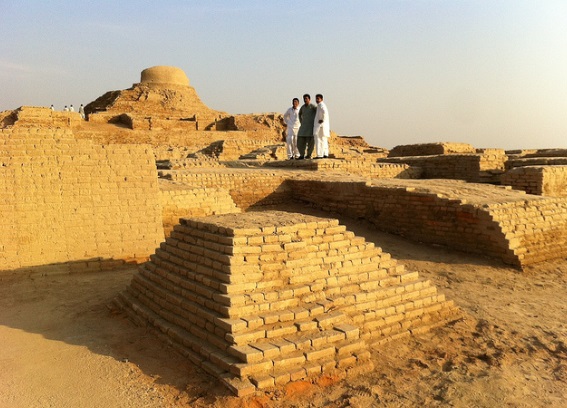
Photo by KNizam Artwerk
Harappa is one of the most famous archaeological sites of the Pakistan which is located 24 kilometres west of Sahiwal city in Punjab province. Harappa and Moenjo-daro are supposed as the most ancient civilizations of Indus valley. Harappa has prominent significance among all the ancient civilizations because the harappans was more civilized than other and they started making effort to read and write priorly. Harappans were used to live life with discipline and proper planning. The remains of this ancient city indicate about the tremendous infrastructure which is the proof of their commendable living style. The site is a wonder to be must visited.
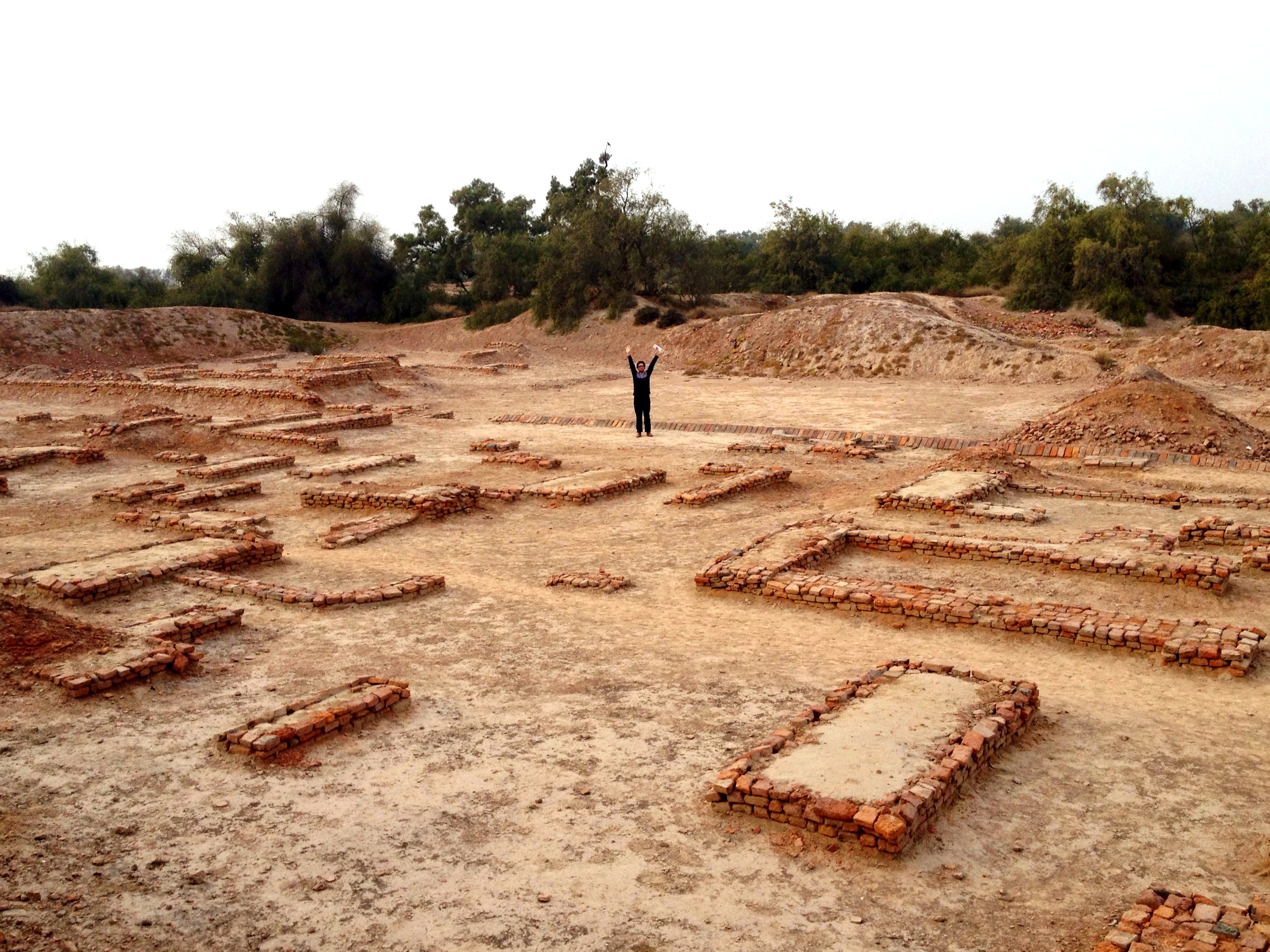
Photo by Awais Imran
Buddhist monastic complex named, Takht-i-Bahi dating to the 1st century BC. The ruins are situated on 152 m high hill, 16 km from Mardan. The hill can also be accessed by Peshawar at the distance of 80 km. Court of Stupas, a monastic complex, a temple complex, and a tantric monastic complex are those 4 groups which are the part of this Buddhist monastery.
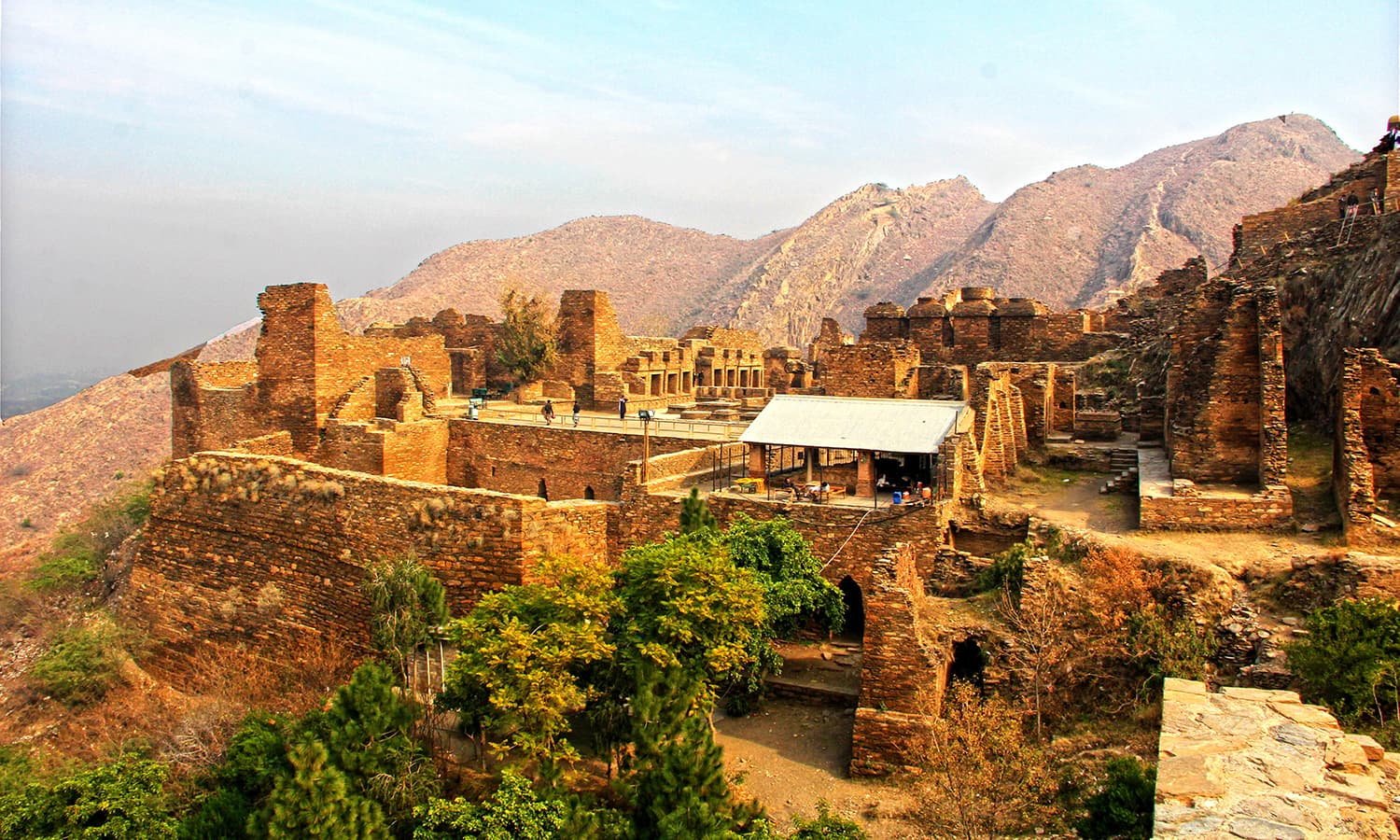
P-hoto credits unknown
Another top archaeological site, Taxila is situated in the Rawalpindi District, dates back to the Gandhara period. The ruins indicate about a significant Hindu and Buddhist centre called Gandhāran city of Taksasila. It’s notable that it’s still considered a religious and sacred place for its followers.
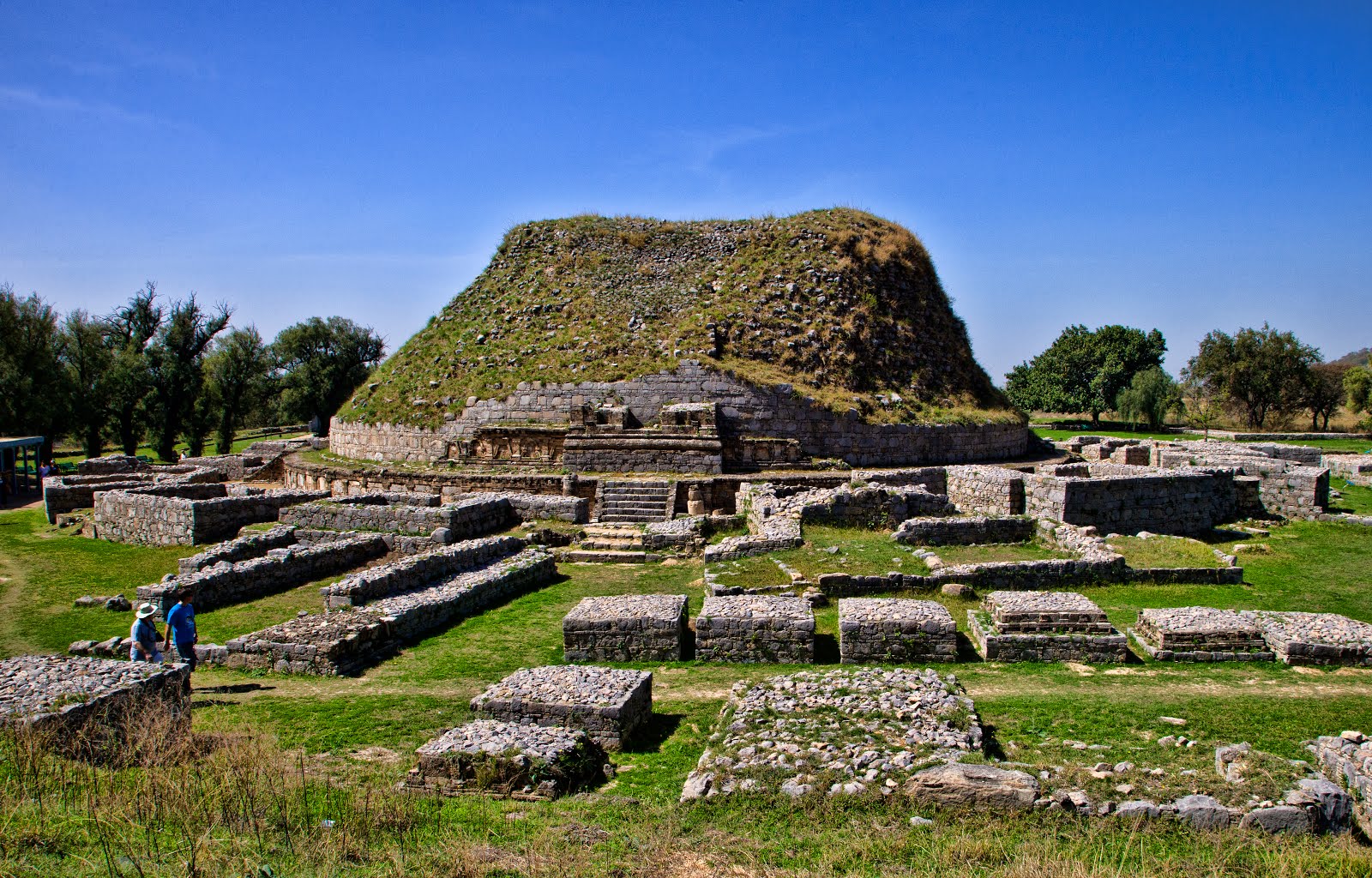
Photo by Sasha Isachenko
A centre of tourism attraction, Rohtas Fort which is located about 16 km from Jhelum, Punjab.. Rohtas fort was built by Sher Shah Suri and is standing like a remarkable Islamic military architecture. To control the Ghakkars, the construction strategy was there to built it on the hill alongside the Kahan River.
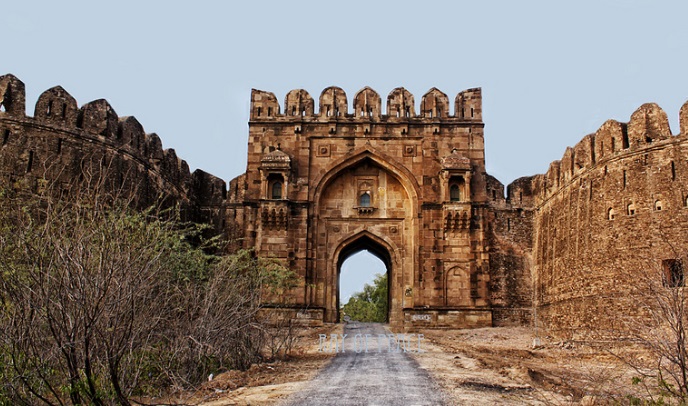
Photo by Kiran Nasir
In archaeological city of Thatta, Makli is a mecropolis. The ruins of city date back to 14th century. The uniqueness of architecture made with quality bricks, stones and tiles advocate the quality construction of that era.
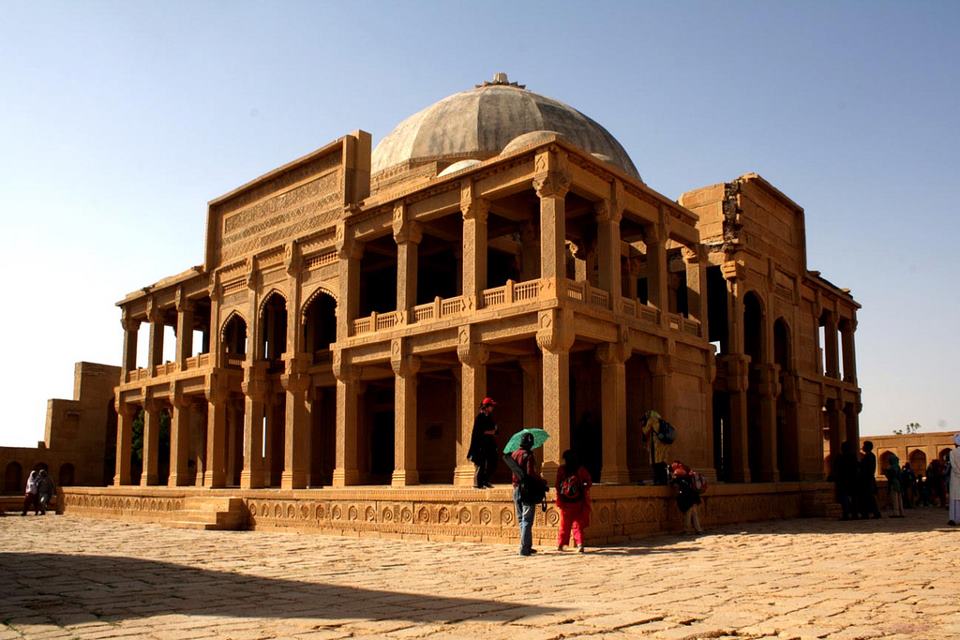
Photo by Saffy H
The masterpieces of Mughal era, the Lahore Fort and Shalamar Gardens are two royally built complexes in Lahore, Punjab. The Fort is located at the northwest corner of the city and is now a part of greater Iqbal Park. The Shalamar Gardens commissioned by the great Mughal emperor Shah Jahan in 1642. The gardens occupy 16 hectares of land area and its design is inspired by Persian and Islamic architecture.

Lahore Fort_ Photo by Rohaan Ali Bhatti
View of Shalimar Gardens, a Mughal garden complex situated in Lahore, in Punjab Province, Pakistan. It is the only survived Mughal garden of several built in Lahore. The Gardens are now rather run-down and a far cry from their former glory, but still popular with locals.
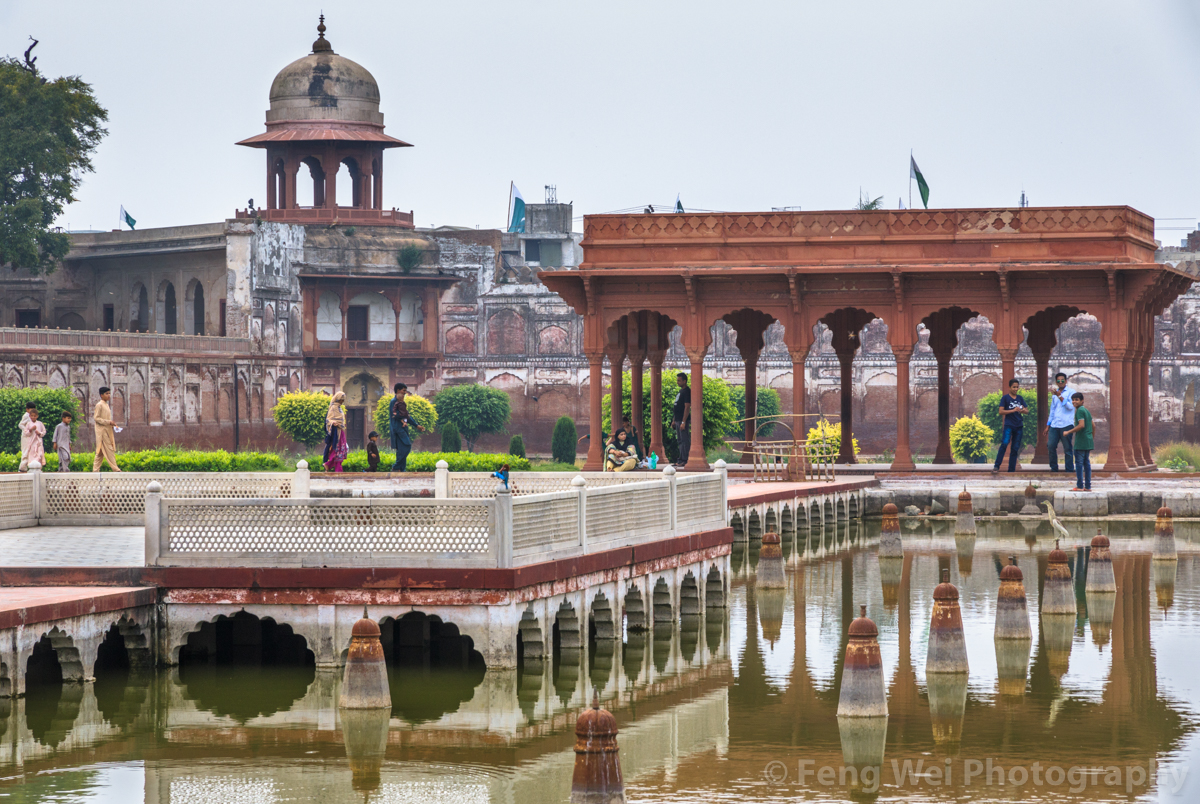
Photo by Feng Wei
Kot Diji Fort is located in the Southern part Khairpur in the Province of Sindh, Pakistan. It was built by the Rulers of Talpur Dynasty of Sindh in between 1785 to 1795. There is a huge entrance gate of the fort which is typically known as “Shahi Darwaza” which mean the “Royal Gate”. This fort is constructed on a hill which has a height of about 110 feet. This fort was designed to store all the necessary equipment for defense. There are three huge towers each 50 feet tall. Cannons were placed at the top of these towers to hit the cannonballs in case of an emergency.
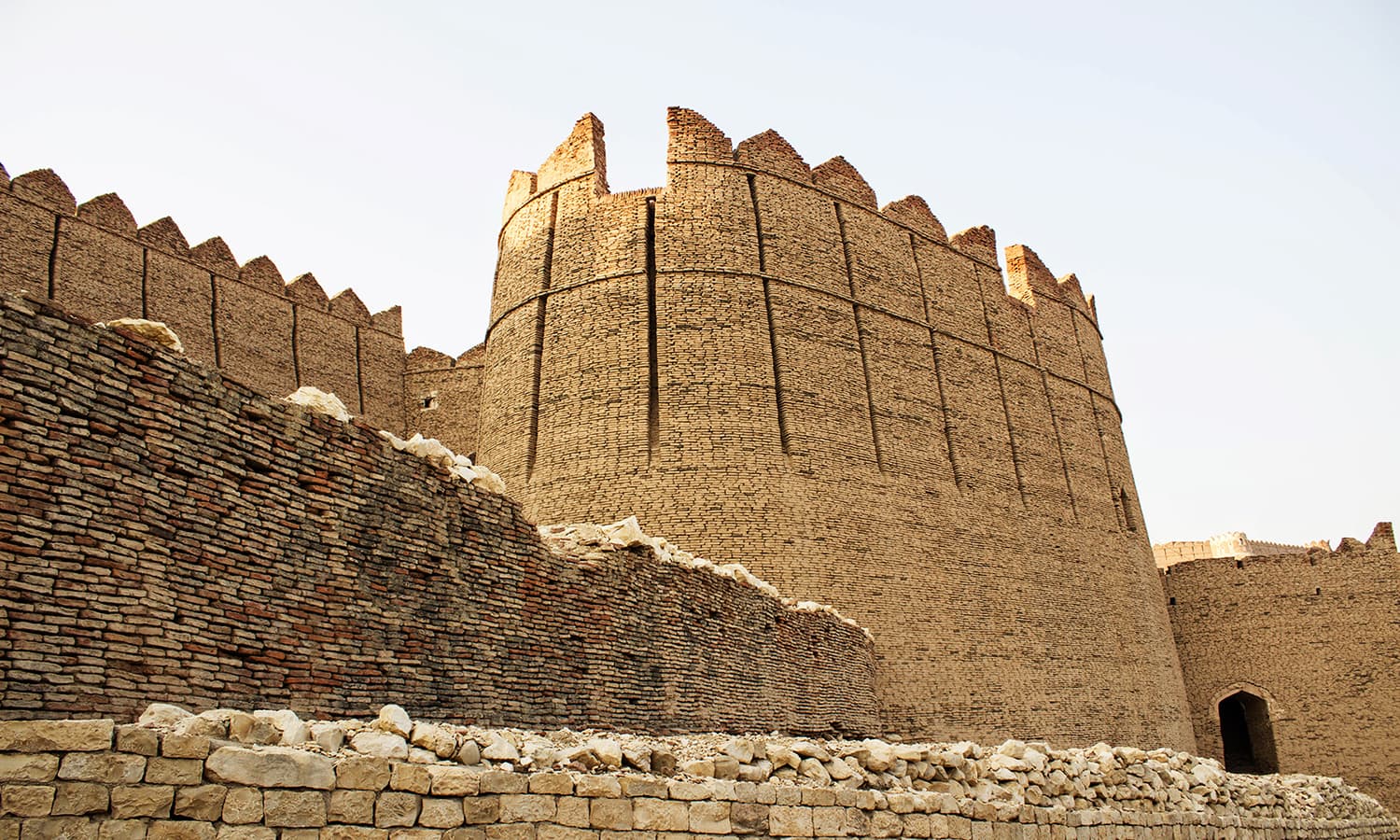
Photo by Shameen Khan
Mehrgarh is an ancient archeological site is on the Western part of River Indus, on the Kacchi Plain, Balochistan. The Mehrrgarh civilians were amongst the first ones who started practicing agricultural values. The people who lived here had a connection with the old ancient Harappan Civilization. The archeologists found so many indications that pointed out the Harappan lifestyle.

Photo credits unknown
Baltit Fort is a beautiful piece of art in the Hunza Valley. Baltit Fort was constructed about 7000 years ago. The unique architecture of Baltit fort was inspired by the Ladakhi architecture. During the 16th century, a Prince of that area married to a girl from Baltistan. In that era, this fort was renovated by the Balti craftsmen.
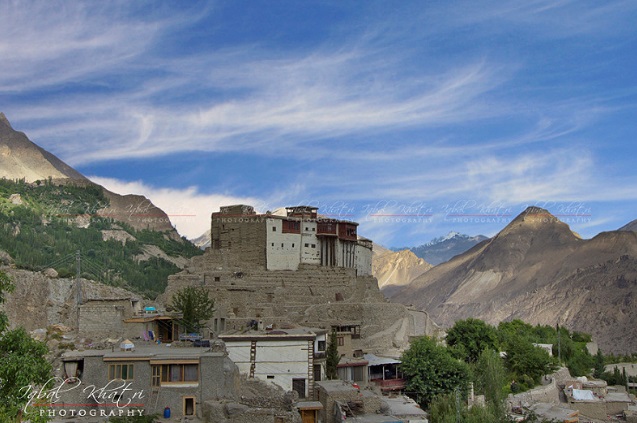
Photo by Iqbal khatri
